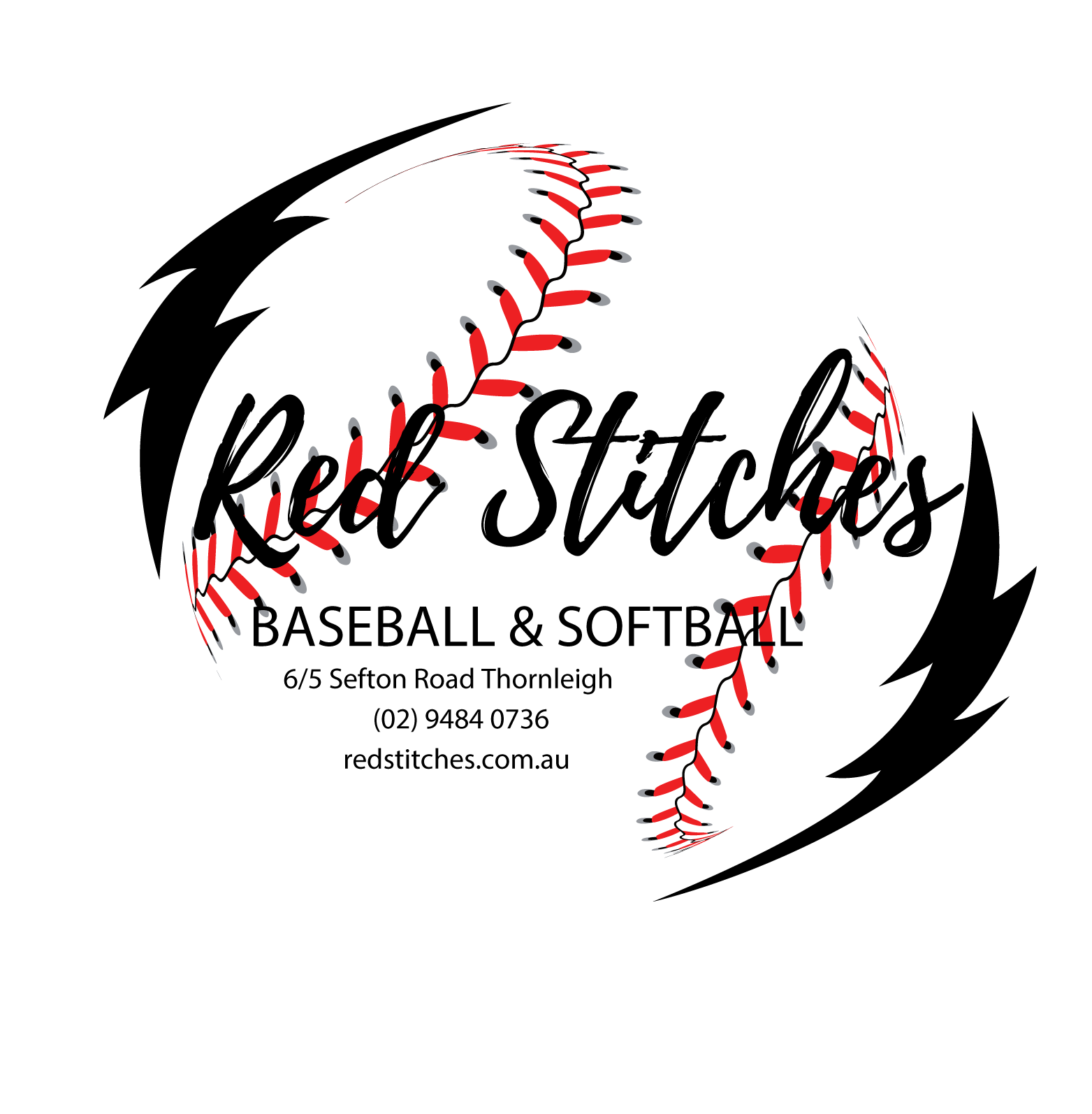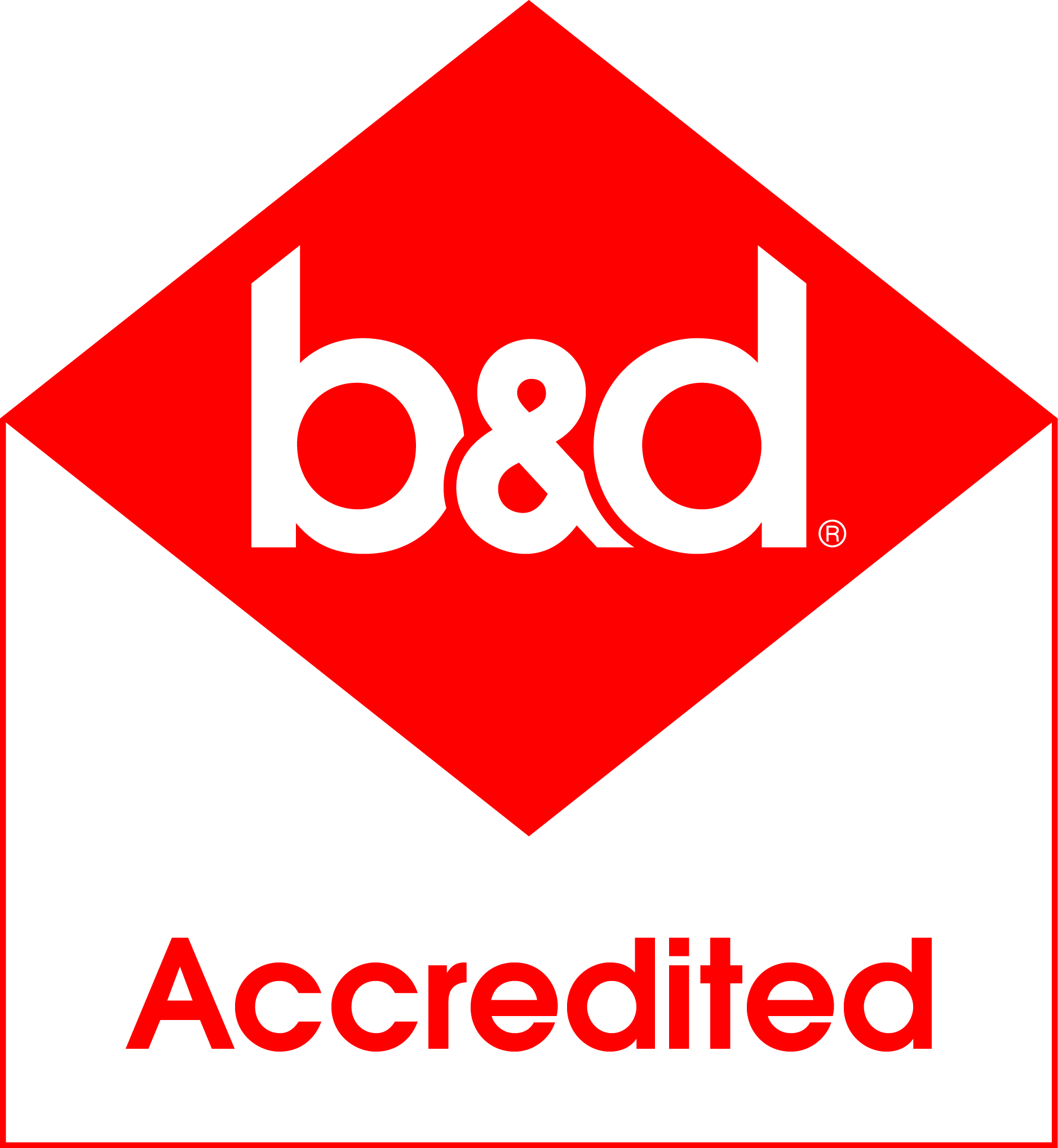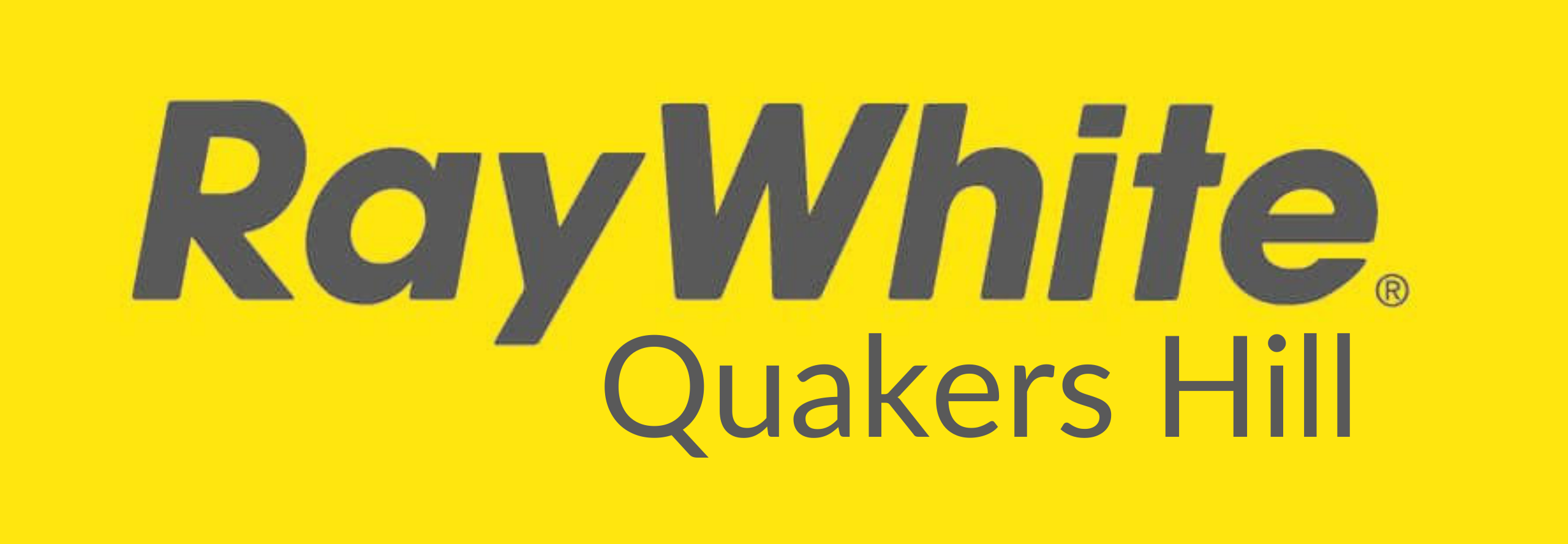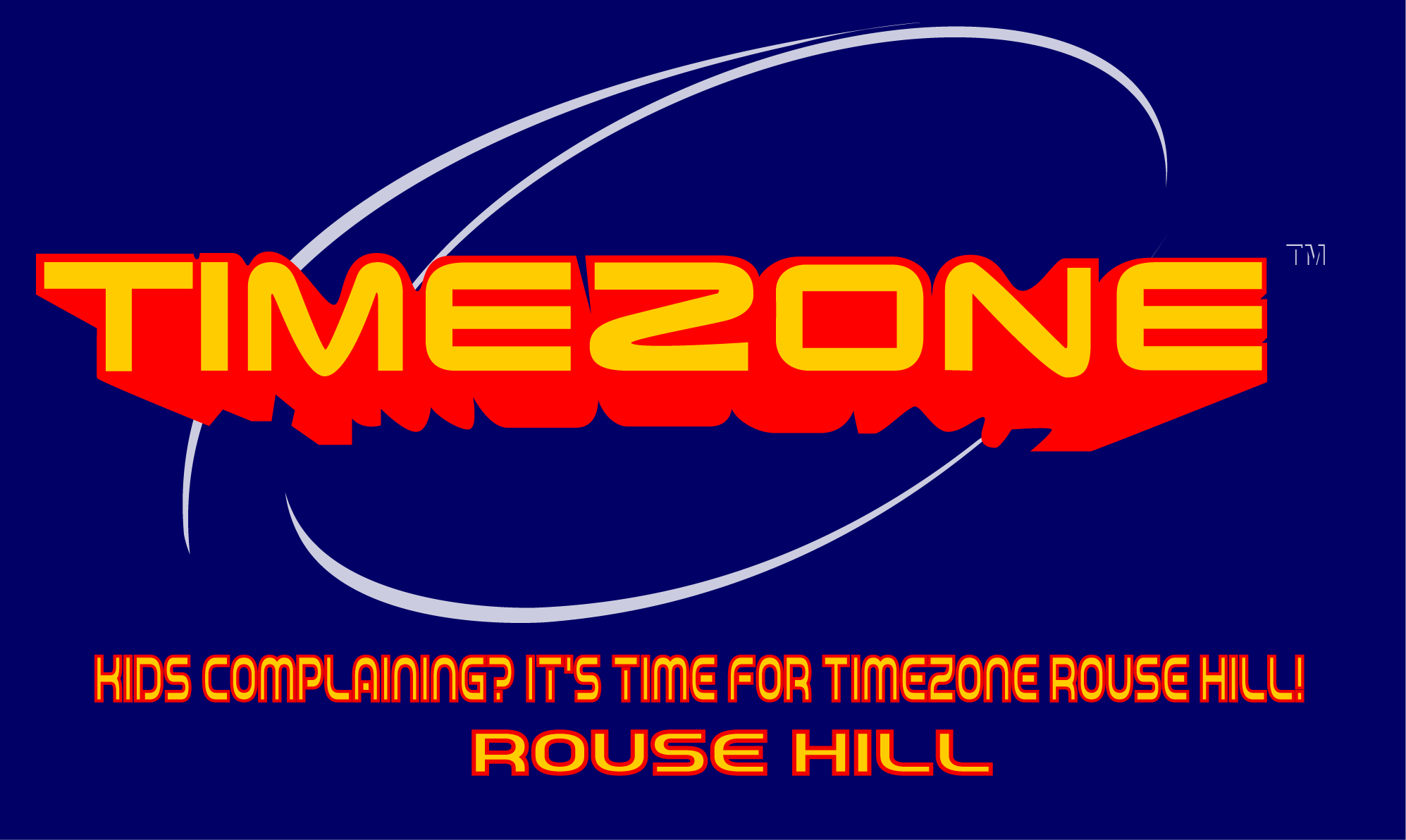
General Philosophy
Coaching Juniors At Club Level
by Eddie Bray (North Shore Major League)
- We should endeavour when coaching to develop in all players’ skill levels and an understanding of all facets of the game. That is, as junior coaches we are not primarily there to ‘coach to win’, but more importantly to build the depth of junior baseball. Leave the ‘coaching to win’ attitude to ‘rep baseball’; there is no place for it at club level. If you develop players’ skills appropriately winning is an inevitable outcome anyway!
Too many times I see junior teams hiding behind a Pitcher / Catcher combination and nothing else. The team wins and is ‘successful’; ultimately the players as a whole don’t develop and are not well rounded in skills.
The big losers are the players, the club, and baseball in the long run!
- Set performance standards early and be realistic.
Good work ethics and an early introduction to key fundamentals will greatly advance the playing ability of the player. In many cases drills used by major leaguers are just as applicable to U/10’s. The only variable between the two is the ‘skill level’ and ‘intensity’ of the drill. Outcome for all should be the same.
- Be open with parents and players at the start of the season regarding expectations on & off the field. Never compromise expectations or standards!
- Involve parents in ‘training drills’. The benefits are:
- Additional assistance (arms & legs).
- Frees you up to demonstrate and talk to players.
- Increases club knowledge base.
- Gains ‘buy in & acceptance’ from parents, they are actively involved and contributing.
- Ensure you have a strong ‘support’ base:
- Umpire.
- Scorer.
- Manager (needs to good organizer and administrator).
- Assistant Coach (2 = 1 x adult, 1 x junior from U/16’s).
- Stay calm and positive (easier said than done).
- Never reward ‘bad behaviour’. That is should a player mess around:
- Send them on laps, sit ups, squats, etc.
- Send them home.
Do not send them to the dug out. Teach the kids training and being on the diamond is a privilege. If the player won’t respect the opportunity to play baseball then they don’t deserve to be on the diamond or the facilities of the diamond (i.e. The dugout).
Training
- Structure training sessions as follows:
- Good stuff (something that’ll make a kid want to be there).
- Warm up (allow you to talk about the game and set objectives).
- ‘Meat & Potatoes’ (the hard work = Long Toss, Fielding, Etc).
- Reward (finish with games that reinforce training and provide a fun competitive environment).
A suggested training plan
Batting (30 minutes).
(I only recommend using ‘soft toss’ whiffle hitting stations).
(Kids always want to bat or play games. Starting here ensures they’re there on time)
- ‘Behind the batter’ soft toss.
- ‘Vertical drop’ whiffle hitting.
- ‘To front knee’ soft toss.
- ‘Stick Ball’ soft toss.
- ‘Live hit’ whiffle hitting.
Warm Up (30 minutes)
(standard running and stretching warm up programme).
(The time to talk about the week-end game and training objectives).
Long Toss (time = part of warm up)
Infield Work (30 minutes)
- Plays at 1st Base (mix up with deep and shallow)
- Double Plays
- Plays at Home
- (mix up with deep and shallow)
- (infield in & runner on 3rd late in game)
- Catchers Cover
- (finish with ‘Catchers Cover’ + ‘4-1 off’)
Outfield Work (30 minutes)
- Drop step and running onto ball
- Tracking, running on, & throwing to a cut
- Outfield playing through cut to home
- (note, bullpens should occur during the field work 1 player at a time).
Games (20 minutes)
(the ‘reward’ for training hard finish on a ‘fun note’).
Examples are:
- Baseball shuttle race.
- ‘Around the bases’ Relay Race.
- Whiffle baseball.
Training session = 2¼ hrs approximately.
Batting Drills (whiffle ball drills)
Behind The Batter Throw (hitting into either a net or home plate fence)
- Place target on back fence (this is where the ball is to be thrown to)
- Thrower kneels on 1 knee approx 10ft behind the hitter on the outside of the strike zone.
- Hitter looks back at the thrower (this is ready to hit position).
- Thrower throws ball through strike zone with reasonable speed.
- Ball must be thrown with sufficient speed to make it ‘hard work’ for the hitter to catch up to the ball (flat throw not soft toss)
- Hitter tracks ball through strike zone and swings hard to ensure they ‘catch up’ to the ball.
Vertical Drop (hitting into either a net or home plate fence)
- Ball ‘dropper’ is positioned on outside of plate and hangs ball directly above home plate.
- Ball is dropped straight down on count of 3 (i.e. 1 – 2 – 3(drop)).
- Hitter swings hard through strike zone making solid contact with ball with flat swing and good extension.
‘Front Knee’ Soft Toss (hitting into either a net or home plate fence)
- Soft Tosser Kneels on ground at 45° angle from home plate (outside corner).
- The ball is thrown at an upward angle into middle of strike zone level with the front knee of the Hitter.
- Hitter swings through ball as per a normal pitched ball.
‘Stick Ball’ Soft Toss (hitting into open space)
- As per ‘Front Knee’ drill but using a ‘cut down’ broom handle & golf whiffle balls.
- ‘Cut Down’ broom handle should be same size as whatever the size of the bat the hitter regularly uses (i.e. 28” Bat = 28” Broom Stick).
‘Live Hit’ Whiffle Hitting (hitting into open space)
- Pitcher kneels 35ft in front of hitter.
- Pitcher pitches whiffle balls to a hitter.
- Hitter hits as per a normal ball in ‘game situation’.
Long Toss Throwing
- The purpose of this drill is to develop arm strength & incorporate the technique of running through either a fly ball or ground ball to get maximum power into the throw.
- Throwers slowly move back and extend the distance between themselves and the person they are throwing with. Ensuring there arms are loose and without discomfort.
- It is imperative that the coach ensure players throw ‘Rainbow’ catch. That is the ball is thrown in an arc that resembles a rainbow.
- Players continue to extend the distance between them until a point where the ball now travels with 1 bounce after a crow hop throw before it reaches the other thrower.
- Players then begin to retrace the progression in throwing downwards until they are back close together.
- Note, this drill is not designed to put stress on the arm but rather to strengthen and condition the arm. ‘Rainbow’ throwing is critical to this drill and the drill must be carried out on a regular basis to be effective.
Outfield Work
‘Drop Step & Running Onto Ball’ Drill
- Area required 80ft maximum.
- The fielder stands closely to the thrower.
- The thrower throws the ball (30 ft) as if it were a fly ball at a slight left or right angle behind the fielder.
- The fielder ‘drop steps’ back tracking the ball in flight.
- The fielder runs beyond the point the ball will begin to drop and props to come forward.
- The fielder takes to steps forward and catches the ball maintaining forward movement with his glove the throwing target side of his body.
‘Tracking, Running On To Ball, & Throw To Cut’ Drill
- Two groups = 1 group at Left Field /1 group at Centre Right Field.
- A receiver (the cut) positions himself at 2nd base with an empty bucket.
- The objective is to hit a fly ball in between the two groups and have 1 player run onto and catch the ball while another player backs up the fielder from the opposing group.
- Once the ball has been caught the fielder throws the ball to the ‘cut’ (who places the ball in the bucket).
- The two fielders then cross over and change groups.
- Note, do not hit the ball until both fielders have already commenced running into the space between both groups. We are trying to encourage them to run hard and track a ball on the run.
Infield Work
Catchers Cover
- Drill starts with fielders stationed at all infield positions.
- Ball is hit to 3rd Baseman, who throws to 1st base.
- 1st Base makes an out at 1st and throws to catcher.
- Catcher pivots and throws to 3rd.
- 3rd Baseman catches and tags at 3rd and returns to Catcher for tag.
- Ball is hit to Short Stop, who throws to 1st base.
- 1st Base makes an out at 1st and throws to catcher.
- Catcher pivots and throws over to 2nd base (Short Stop receives).
- Short Stop catches and tags at 2nd and returns to Catcher tag.
- Ball is hit to 2nd Baseman, who throws to 1st base.
- 1st Base makes an out at 1st and throws to catcher.
- Catcher pivots and throws over to 2nd base (2nd Baseman receives).
- 2nd Baseman catches and tags at 2nd and returns to Catcher tag.
- Ball is hit to 1st Baseman who throws over to 3rd Base.
- 3rd Baseman makes a tag and throws home to Catcher.
- Catcher rolls ball out in front of him (as per bunted ball) and throws ball to 1st Baseman on inside.
- 1st Baseman makes the out at 1st and plays home.
‘Catchers Cover’ + ‘4-1 & Off’
- Drill is as per Catchers cover except on final time around with drill (assuming drill is repeated a couple of times at each IF position).
- On final time as the fielders make play at their base and throws home they then:
- Continue moving forward to Catcher.
- Catcher then rolls ball out on ground in front of them.
- Fielder (3rd, SS, & 2nd) makes throw to 1st Base and comes off of field (3rd Base returns to his base.
- 1st Baseman is final fielder and he makes his play to 3rd Base and comes off.
Note, I have not expanded on warm – up routines, ‘Plays at 1st Base’, ‘Double Plays’, & ‘Plays at Home’ drills as these are all pretty straight forward.
Good Luck!
Season Practice TIPS:
- Allow water breaks between stations. Individual breaks take too much time.
- On a baseball field and during practice, everyone should hustle. Players jog everywhere they go-no walking.
- All players should participate in picking up baseballs, equipment, setting up the field, etc.
- Coaches and players should be at the field and ready to go 10-15 minutes before practice.
- Practice has an enemy. The enemy is time. Plan practices ahead so there is no hesitation about what to do.
- Some teams have limited use of a field. If, for instance, the time is limited to 1 hour, have the players at the facility one-half hour ahead of time and get the stretch run, and throw routine accomplished, off to the side. The time can also be used for specialty drills such as rundowns. Skull and teaching sessions can also be included.
- A team ultimately plays exactly the way it practices. If you expect 100% in games you should get 100% effort in practices. Intensity should be kept at game speed throughout practice. There is no magic light switch to turn off and on. This is difficult to do but if the coach requires undivided attention to the details, those ‘little things’ he will develop quality players and very effective teams. “Practice at game pace.”
- Try to make practice fun and challenging at the same time. Use positive reinforcement.
- Because of the time factor, practices should be conducted with a sense of urgency. Spend the first few practices teaching your players how practices are going to be organized and what is expected of them. Early in the season this will have to be constantly reinforced. After a while it becomes routine.
- Spend time before or after practices with an individual that needs help in a certain area. A great deal of teaching can be accomplished in a short time with one-on-one instruction.
- It is important to work on defensive drills immediately after the stretch, run and throw routine. The arms are still hot and fresh and the players’ concentration level is higher. Batting Practice will be the ‘carrot’, that will help them get through defensive work at a higher intensity.
- Run conditioning drills at the end of practice. You don’t want your players exhausted when working on skills.
















